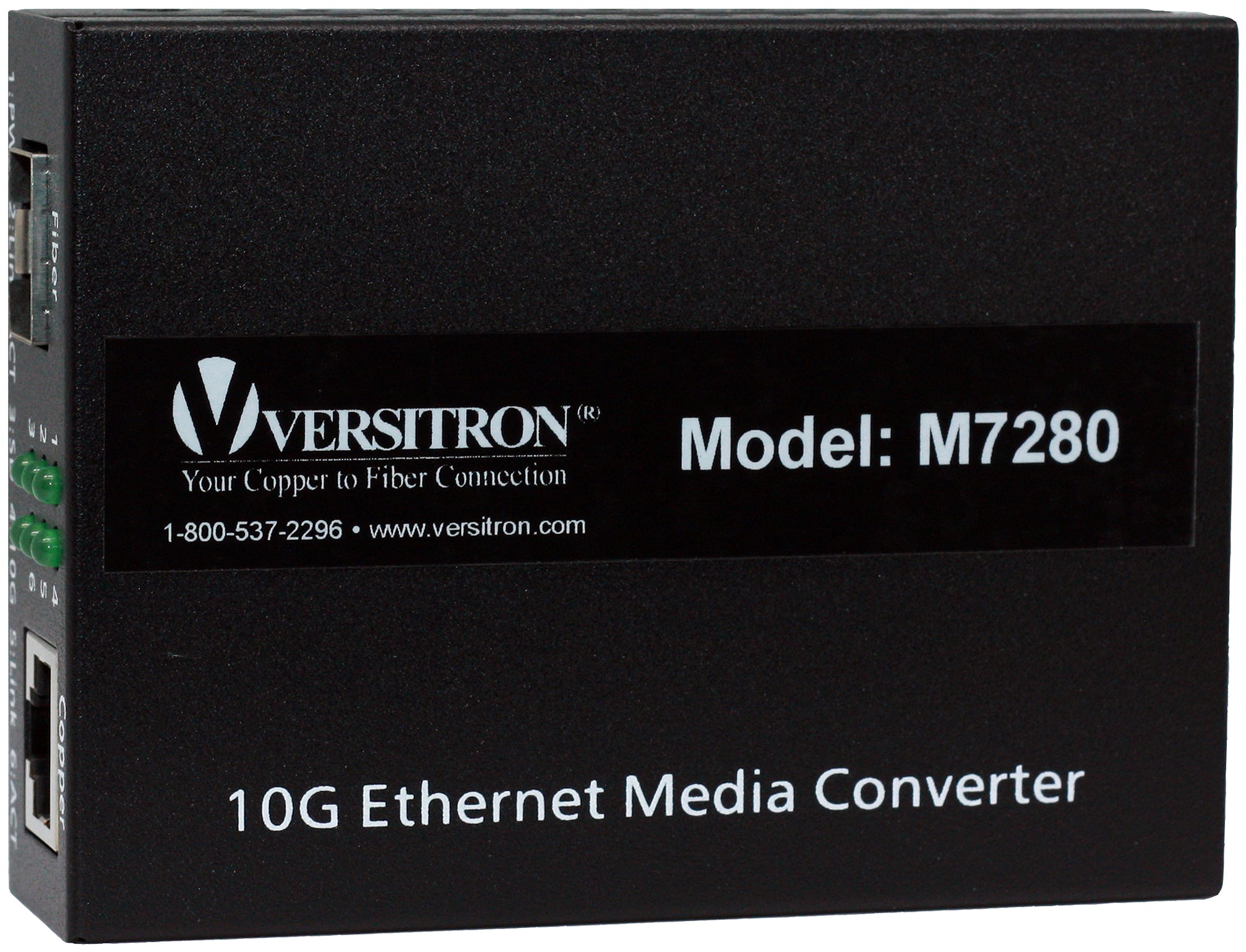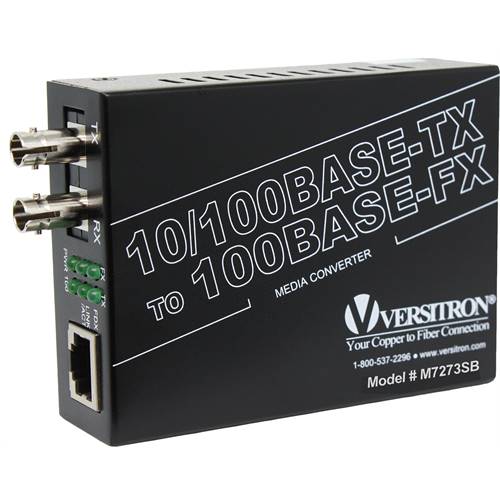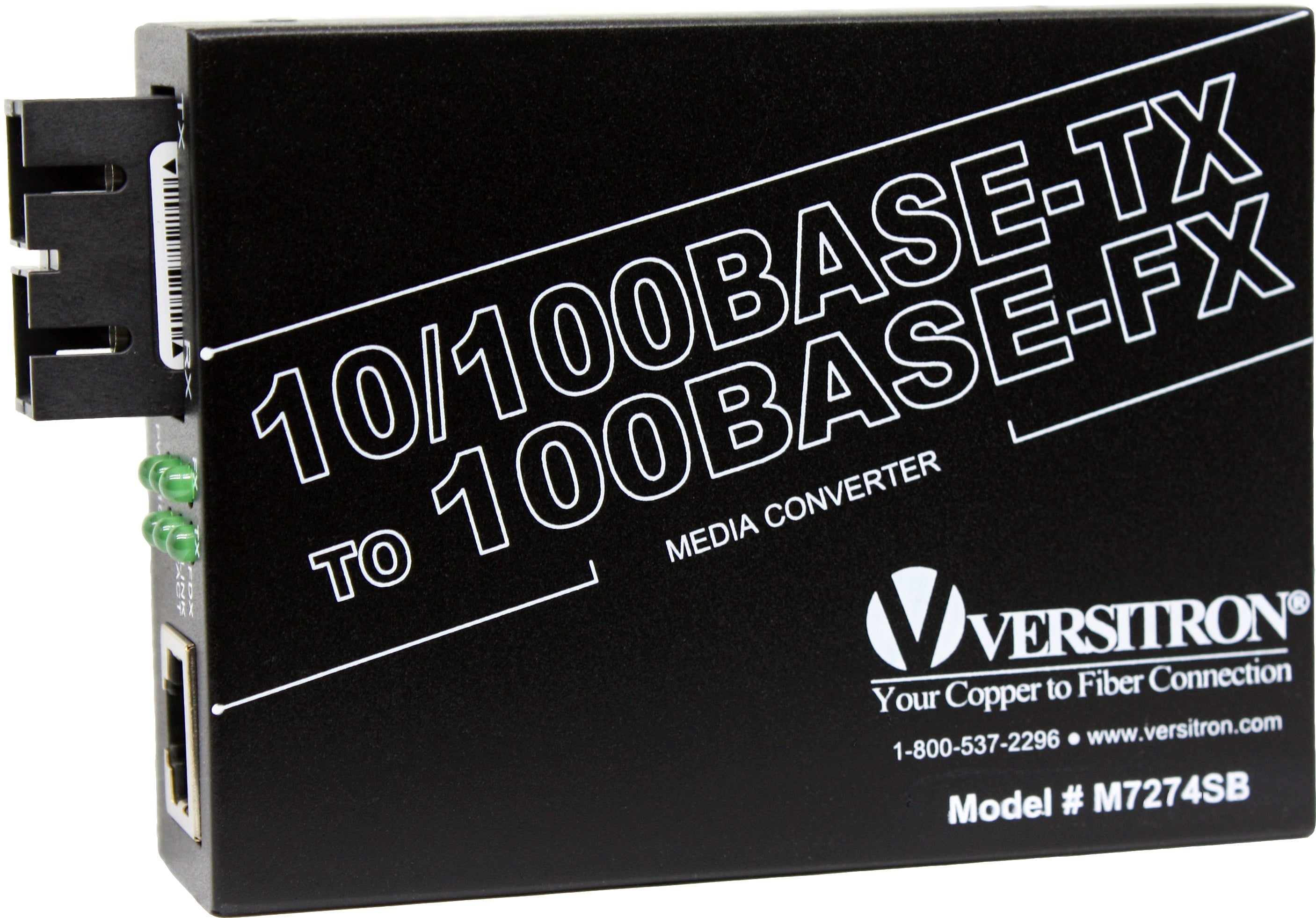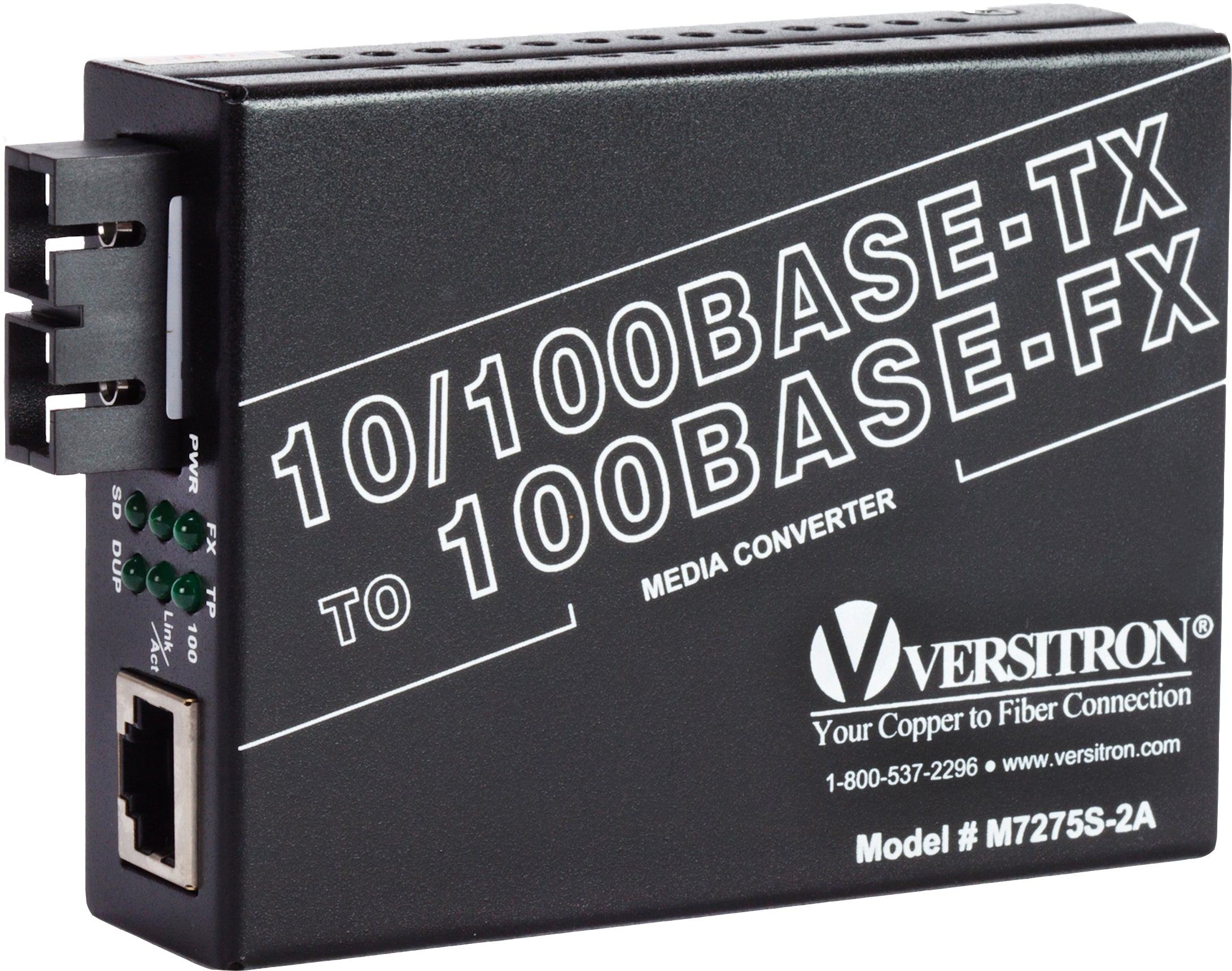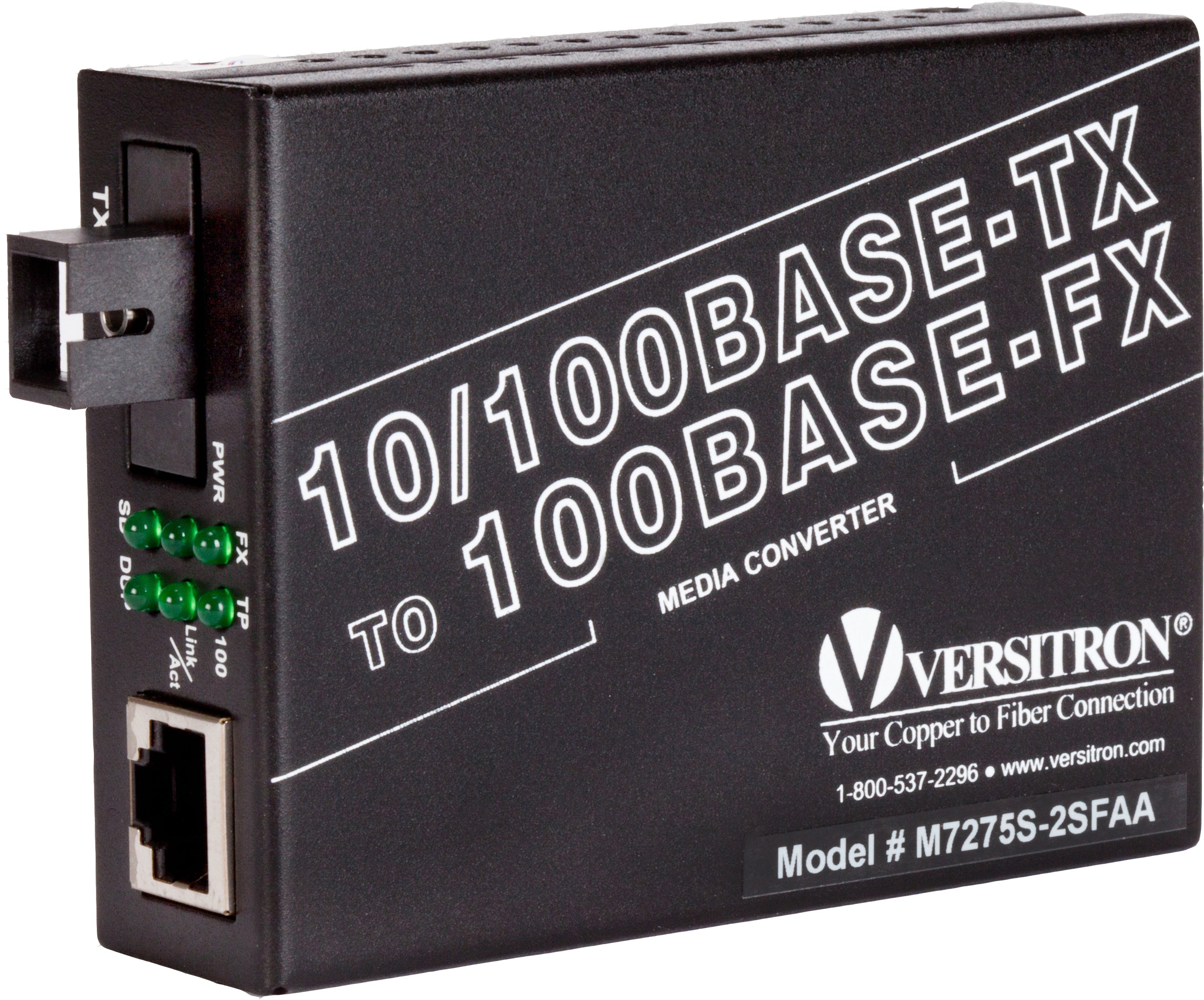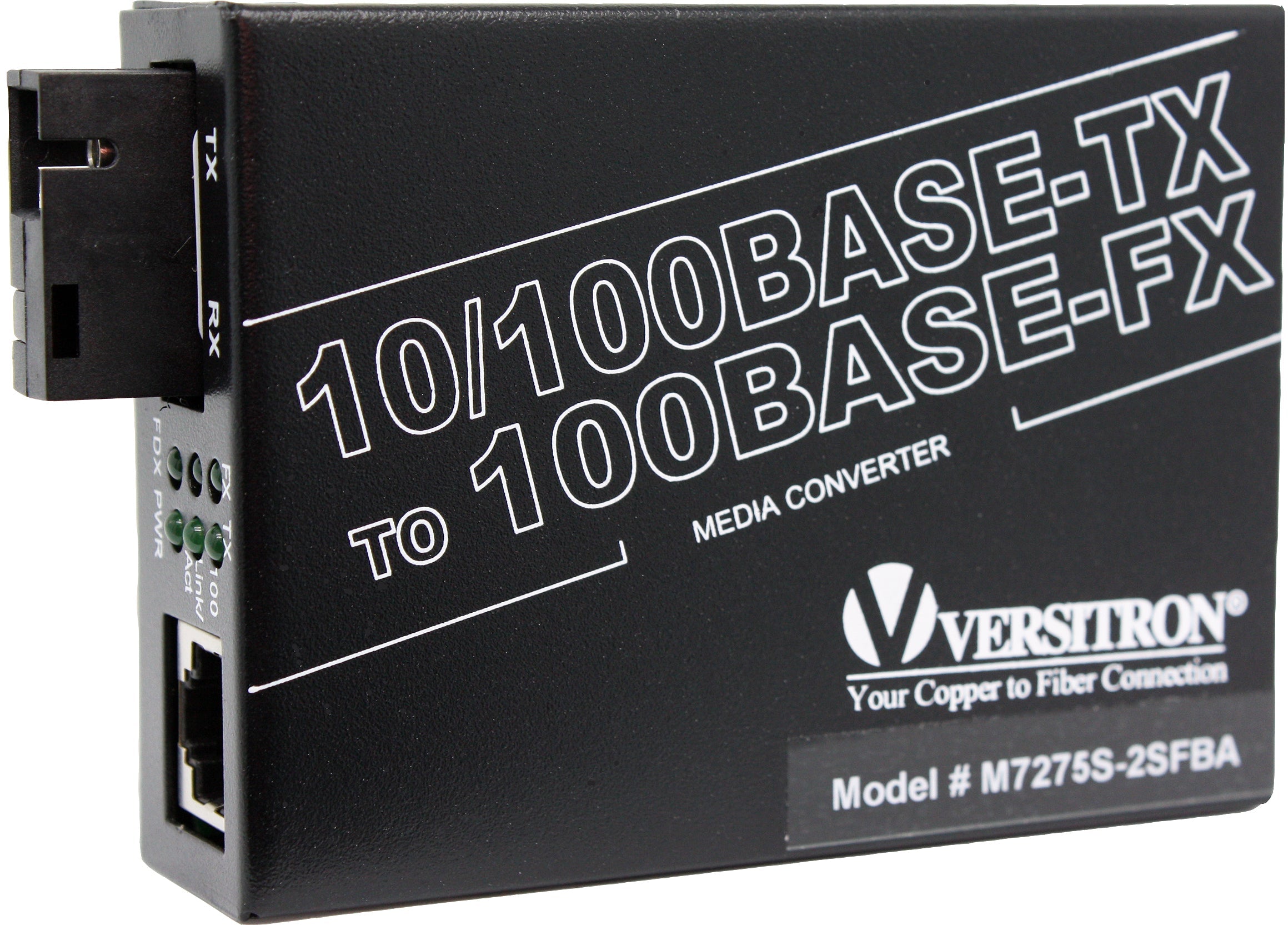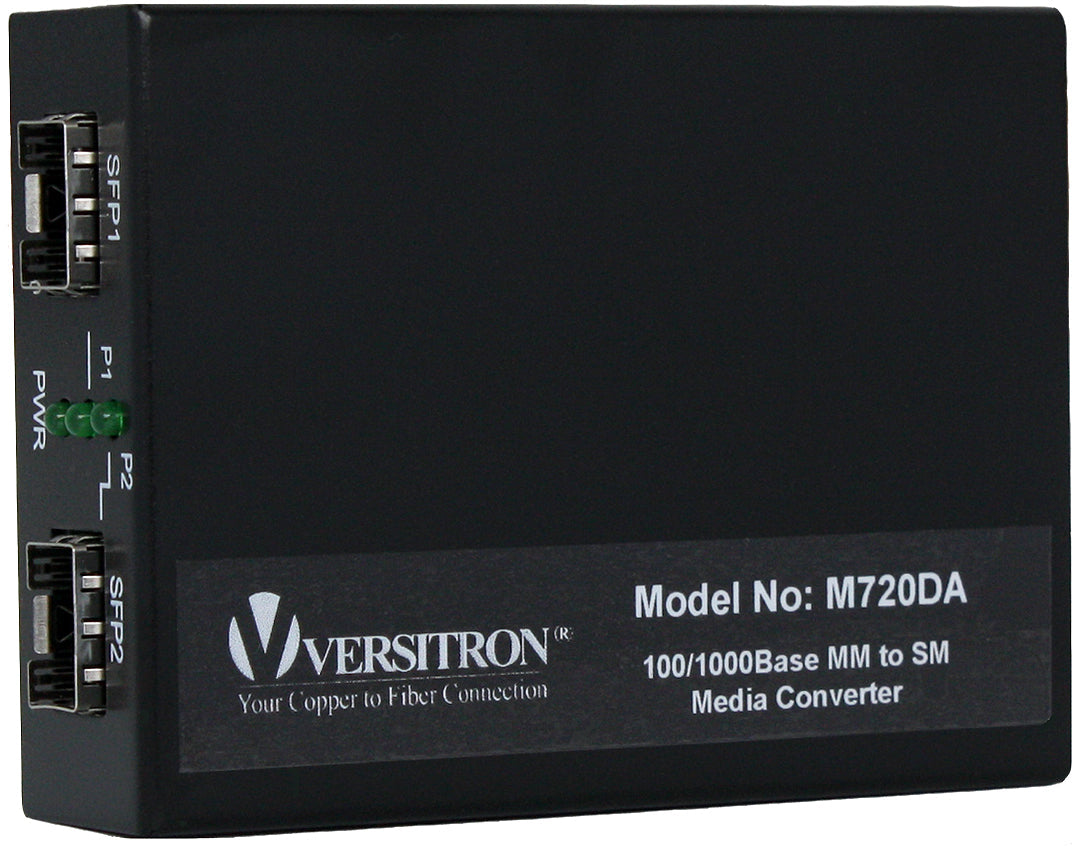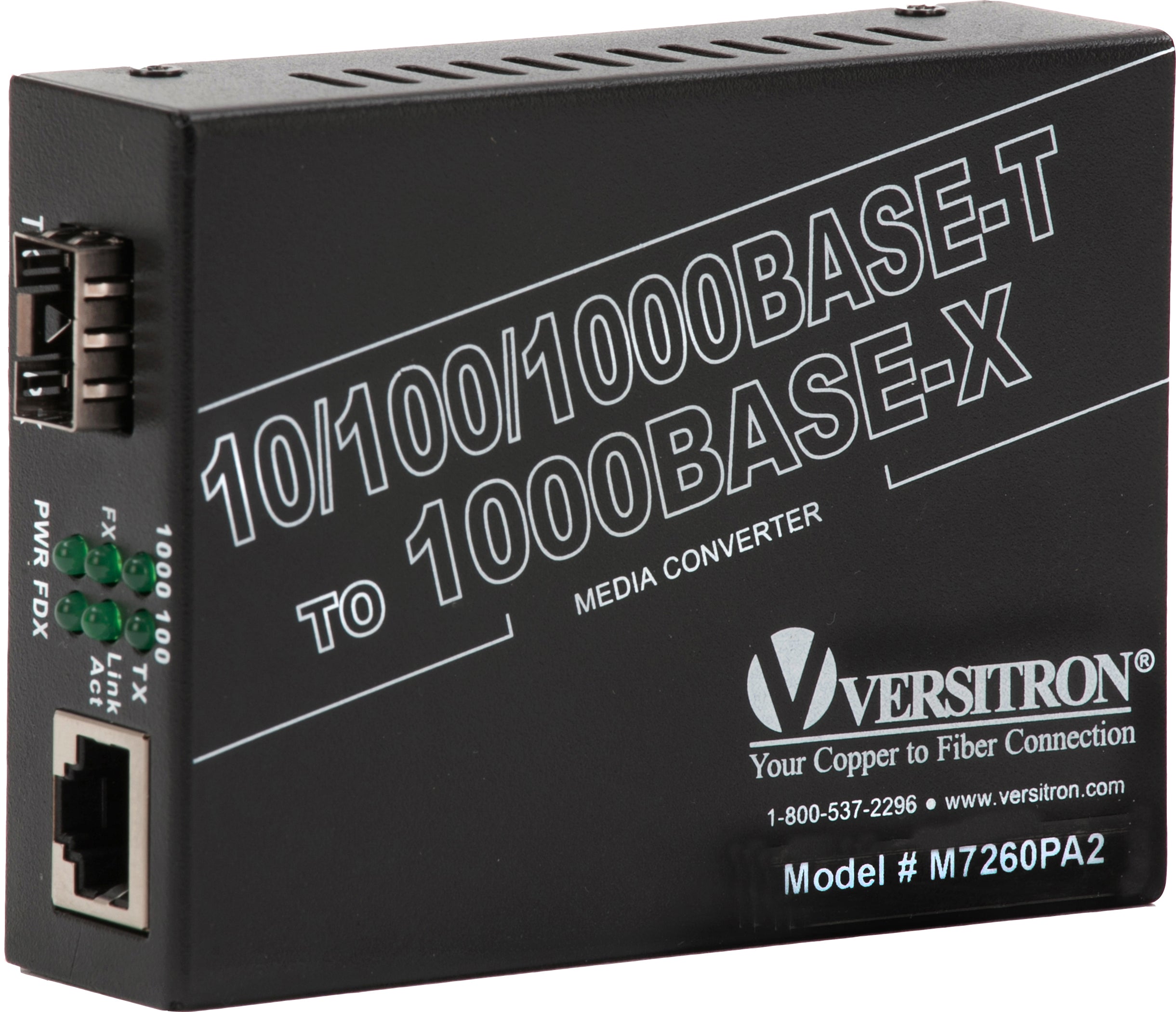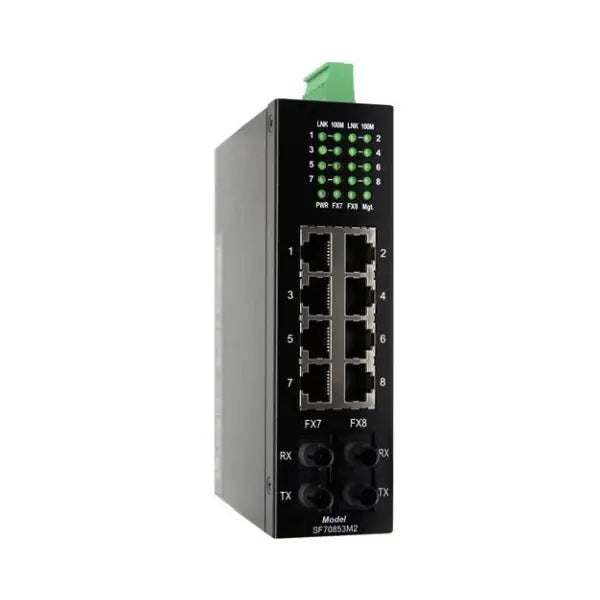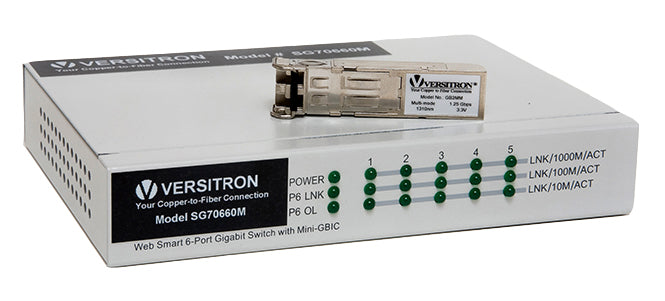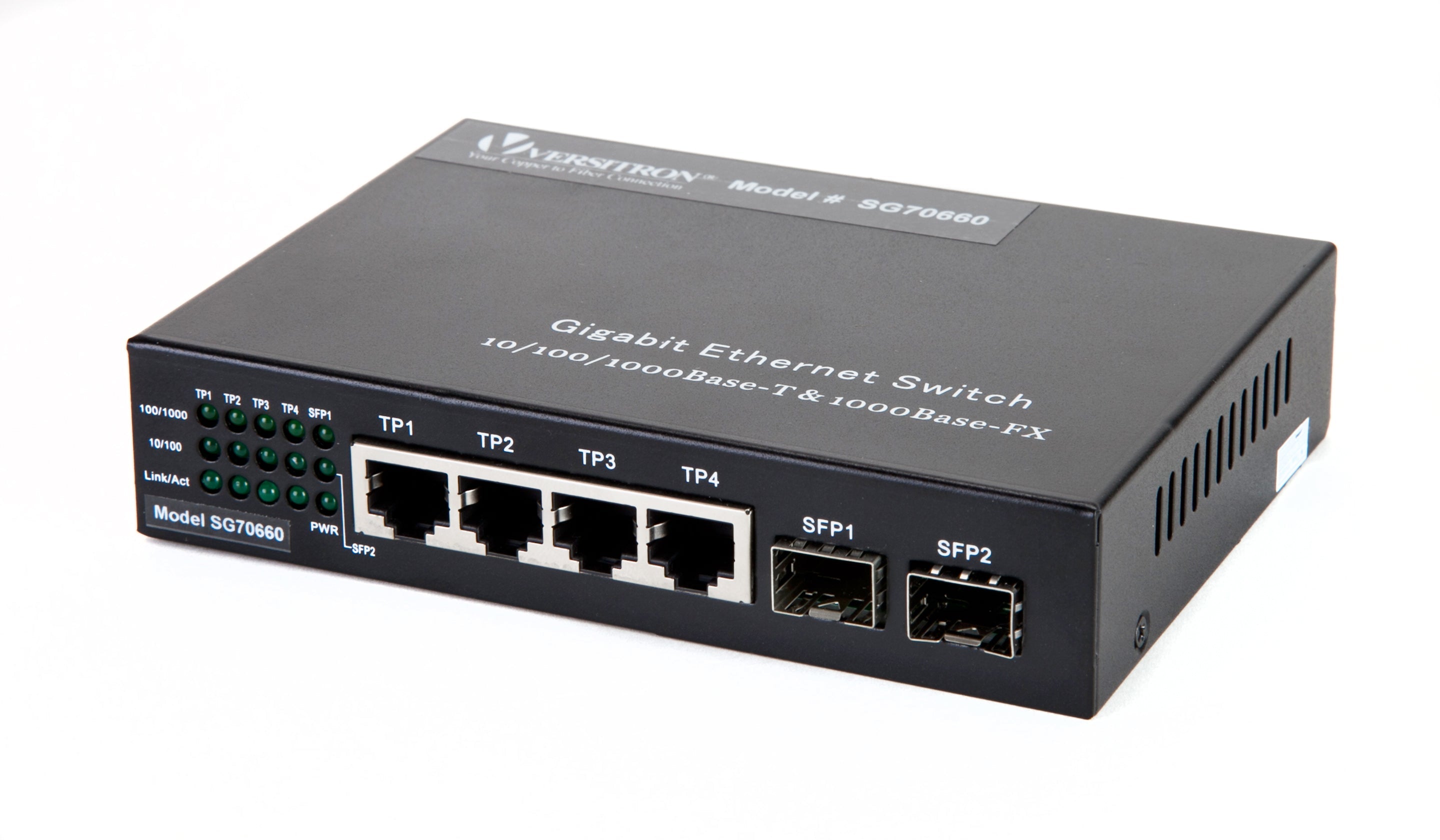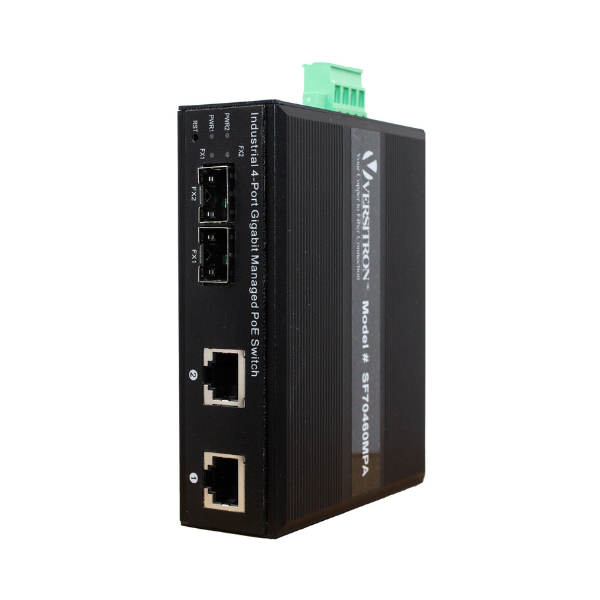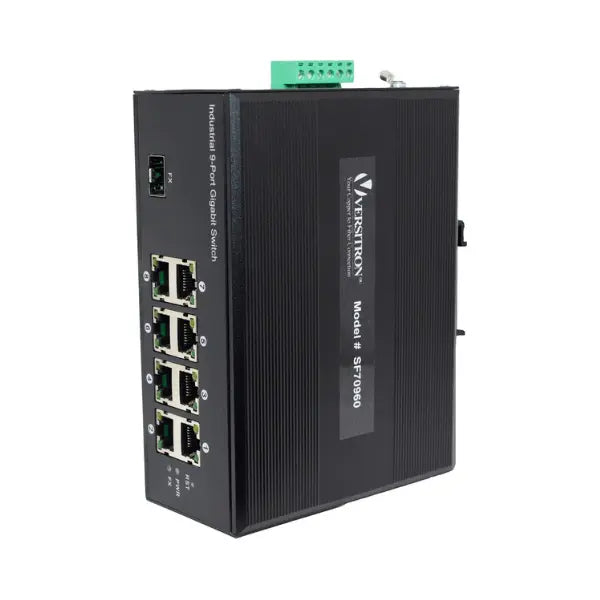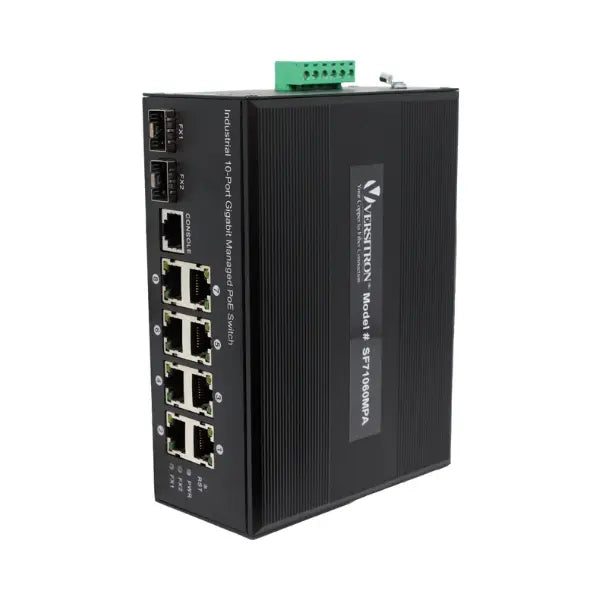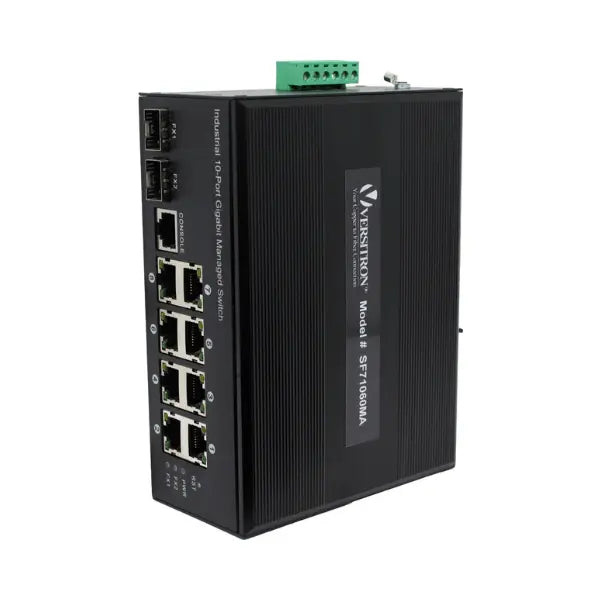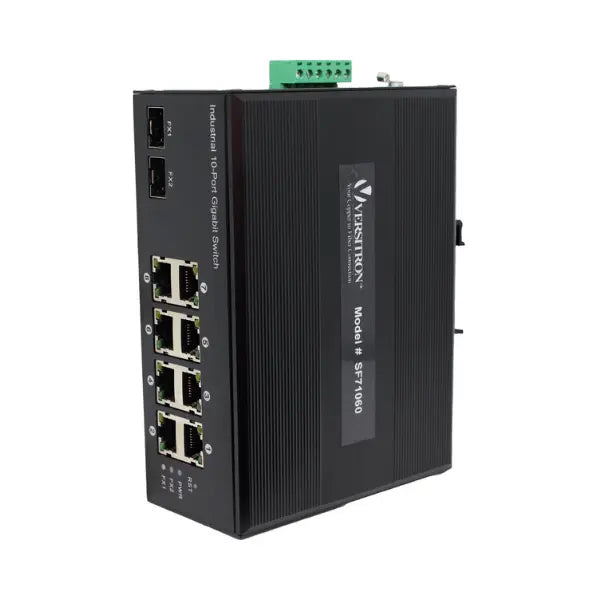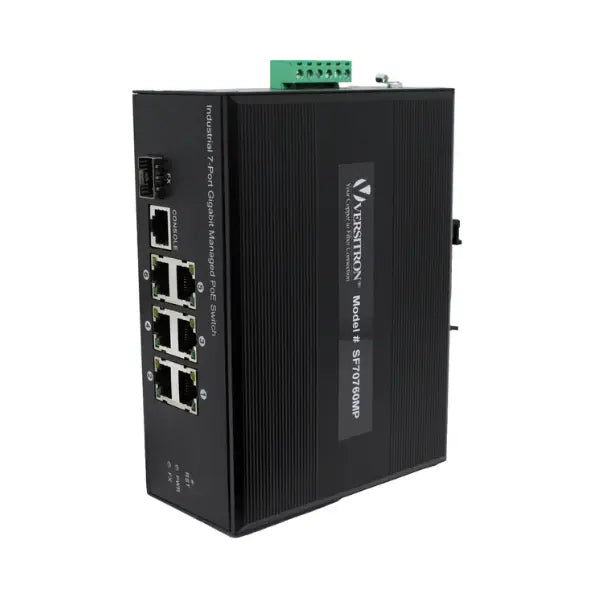Fiber optic cables are gaining traction and are becoming fast replacements for copper cables in many applications. These cables are future-friendly and ensure better security, scalability, and possess better speed and bandwidth capabilities. Having said that, does it mean these cables are capable of thwarting the efforts of hackers on their own? Perhaps. Although fiber optic cables offer better security than copper cables, you should consider taking additional security measures to secure your fiber optic devices. What are these measures? Please read the post to know the answers.

Tips to Protect Your Fiber Optic Network from Hackers
Copper cables offer less security and are easy to break. Observing some common patterns of hacking, it could be seen that hackers could easily peel the cable and splice its wires using readily available tools. Later, they can connect the spliced wires to computers using the software. There are several misconceptions that fiber optic cables cannot be broken easily. However, this is not the case. The cables break upon bending, and alarm systems can be set to detect this intrusion. The following are a few more steps for protecting your fiber optic cables.
-
Focus on Advanced Encryption Strategies: Data encryption helps safeguard your sensitive and critical data. This adds a layer of security, which most hackers find difficult to break into. Over the years, different types of encryption methods have been developed to protect fiber optic networks. Optical encryption is one of the most popular among them. Fiber optic cables do not produce electromagnetic interference, which makes it a strong and secure strategy. The sensitive data is encrypted as ciphertext with an individual key. A hacker cannot access this data without the key. Optical encryption involves both – encryption and decryption, and the key is distributed between the receiver and the transmitter. This key is shared with the authorized users on the network.
Optical steganography is another advanced method for data protection. Although optical encryption helps protect sensitive data, it cannot hide the channel. Optical steganography is employed to hide the channels from hackers. These hidden channels are designed such that only the intended recipient will know of its presence. The channels are buried in the noise existing on the channel. This burial is achieved using various modulation formats including on-off keying (OOK), return-to-zero (NRZ), non-return-to-zero (RZ) (OOK) and so on.
You can invest in advanced fiber optic systems with built-in DDoS to take advantage of encryption techniques like optical steganography and optical encryption. - Install Monitoring Systems at Various Places: Physical monitoring of fiber optic devices and cables is effective. Many times, small power losses are neglected by users; however, they could be early warning signs of hacking. You can install power screening devices and sensors at different points to identify this power leak in a network. This will help improve the security of the fiber optic network and avoid data loss.
- Limit Access of the Network: A fiber optic network can accommodate a large number of users, which makes it beneficial to fast-growing enterprises. However, it can be one of the main causes of worry for organizations that have invested in fiber optic networks. Limiting the access of network to authorized users will help avoid internal hacks.
In addition to these security measures, you need to invest in high-quality fiber optic systems while building a secure fiber optic network. Owing to the increasing popularity of fiber optic devices, today you also have inferior quality devices infiltrating the market. These devices are offered at lower prices than usual and although they mimic the design of the quality ones, they cannot stand up to the competition. VERSITRON has been at the forefront of fiber optics technology for many decades. The company understands your requirements and has been providing performance-driven ethernet media converters, Ethernet switches, and other similar devices since 1958. These devices have been part of several performance-centric fiber optic networks across the globe.


